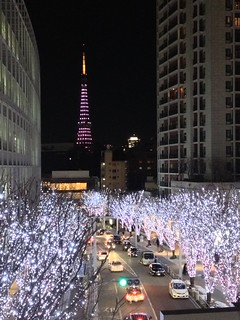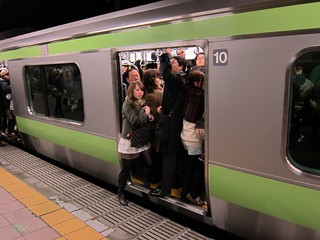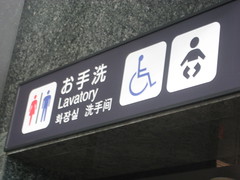 I cannot believe one year has passed already since I moved to Tokyo. It has been a challenging, fun, and rewarding year in Japan, with some valuable self-awareness education. I am forever grateful to those who made this work assignment possible, and want to share back some insights as I start my second year here:
I cannot believe one year has passed already since I moved to Tokyo. It has been a challenging, fun, and rewarding year in Japan, with some valuable self-awareness education. I am forever grateful to those who made this work assignment possible, and want to share back some insights as I start my second year here:
1. We Americans/foreigners are very loud!
There is something affectionately called “the Japanese whisper”, or the normal volume of speech used in conversations. (Only the Japanese would invent a device which is supposed to make other people stop talking on command.) By contrast, I am loud, and people in the office know when I’m at my desk because they can hear me on the other side of the floor. I have become much better at knowing the volume of my voice and about accepting long periods of silence in meetings.
 2. It is good to know where every inch of you is at any moment.
2. It is good to know where every inch of you is at any moment.
While living in the world’s most populated city, I have become acutely aware of where every part of me is – from my elbow to my briefcase to the tips of my shoes – at any point in time. Being on a full train is a reminder of the fact that someone else may not be so thrilled having the corner of my briefcase wedged into their ribs. This does put forward a wonderful respect for the space around all of us, where people use only what they need, and leave the rest for someone else.
3. It doesn’t matter how much you try, blending in is just not possible, nor necessary.
Japan is unique in many ways, once of which is the fact that Japan is comprised of 98.5% Japanese, 0.5% Korean, and 0.4% Chinese people. This leaves only 0.6% for those of us without north Asian physical features, and that small percentage is very apparent when I’m out and about. (For contrast, about 72% of the U.S. population is white/Caucasian, and even that can feel very skewed at times.) Let’s just say that people know where in a crowd I am at any point, and there’s nothing wrong with that.
 4. Food is amazing in Japan.
4. Food is amazing in Japan.
No, sushi and ramen are not the only foods in Japan! Yes, they are delicious, but we don’t eat them daily. Growing up, I was never too keen on certain ingredients, such as mushrooms, Brussels sprouts, dark meat chicken, etc. I eventually let my tastebuds run free during the first multi-cultural festival in graduate school, and a world of deliciousness opened up in front of me. The same has been true in Japan, even if eating the whole shrimp (head included) is required at times. The best of the best is here – Tokyo has more Michelin stars than any other city in the world – and your palate will thank you for breaking through the norms.
There are more experiences awaiting me in 2013, and I’m looking forward to sharing them with you.




